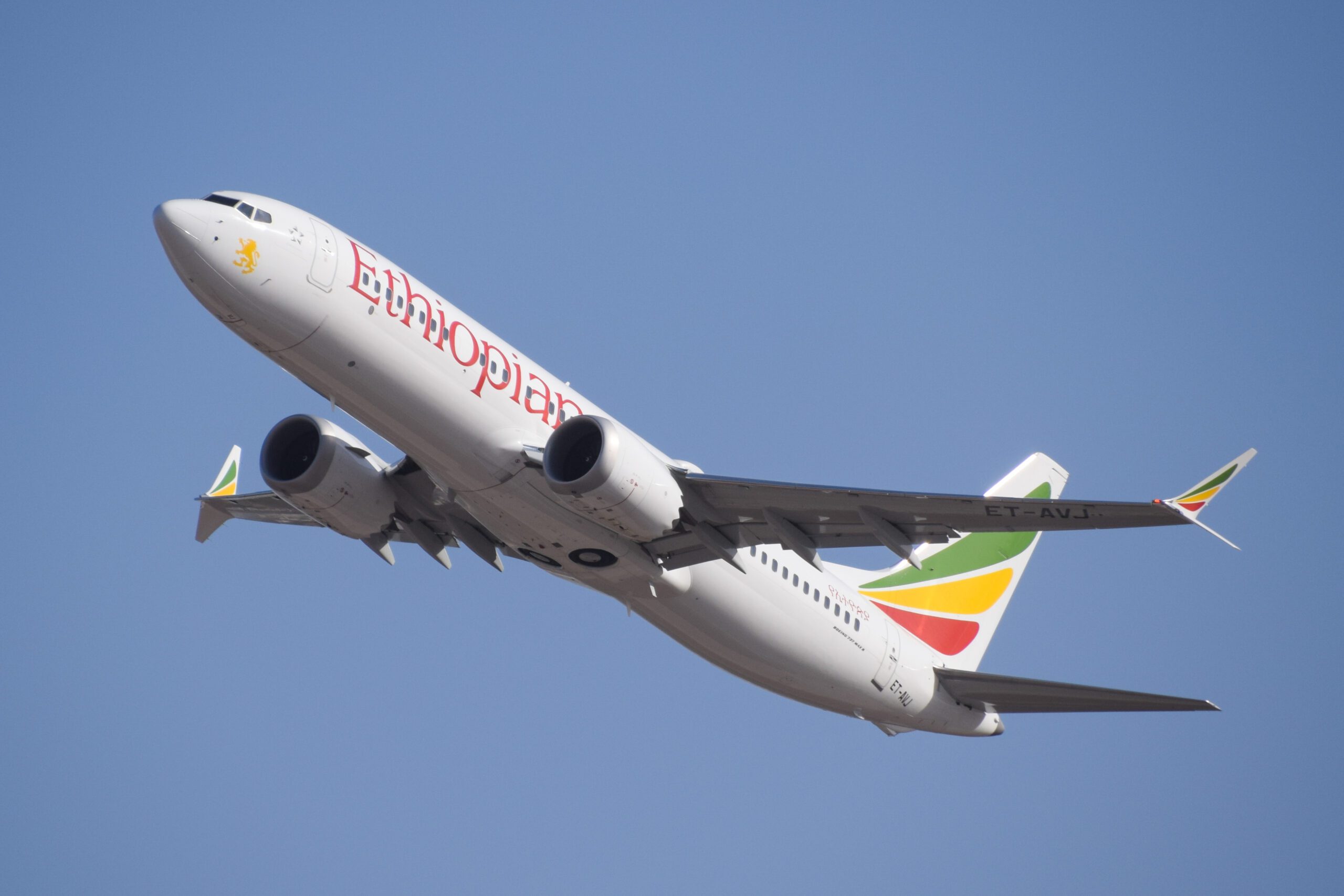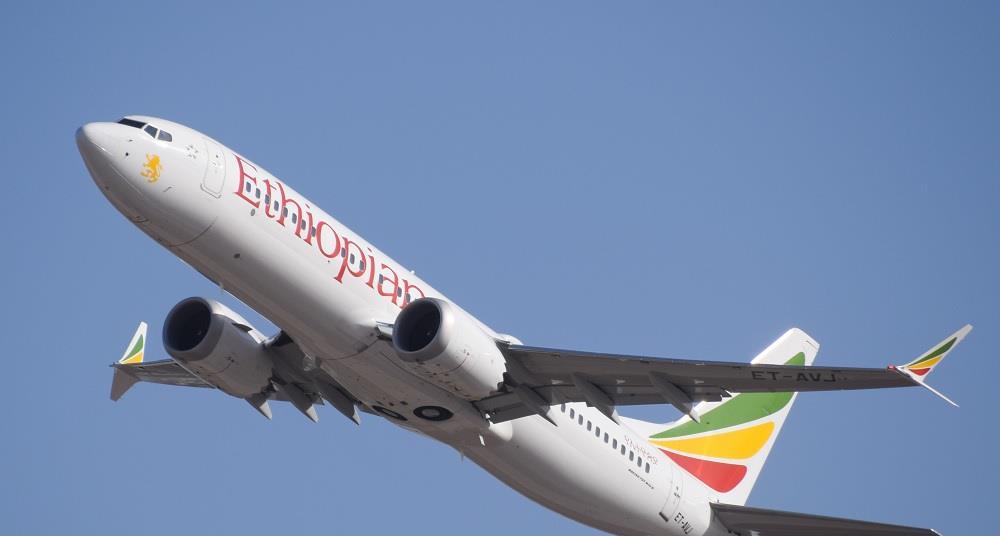Il Comandante Sully prende posizione contro Boeing (vero è che lui era un uomo Airbus, ma la sua autorevolezza penso travalichi queste inezie).
https://simpleflying.com/captain-su...IBnNEUUoRhV5kEZQ3AMwBn3cC8#Echobox=1666027523
https://simpleflying.com/captain-su...IBnNEUUoRhV5kEZQ3AMwBn3cC8#Echobox=1666027523
Captain Sully Opposes Extension To Boeing 737 MAX Equipment Exemption
Captain Sully opposes exempting the Boeing 737 MAX 7 and MAX 10 from having EICAS. But is EICAS truly necessary?
The legendary pilot Captain Chesley “Sully” Sullenberger has added his name to those lobbying to deny the Boeing 737 MAX 7 and MAX 10 an exemption to the upcoming federal requirement to install Engine Indication and Crew Alerting System (EICAS) into their cockpits. Per Jon Ostrower of The Air Current, Sullenberger is concerned about the “startle effect” Allied Pilots Association mentioned in their October 5 statement, which can delay a pilot's response to any in-flight event, much less an emergency.
Introducing Captain Chesley “Sully” Sullenberger
First, let’s introduce Captain Sully. This is the pilot famed for the “Miracle on the Hudson,” after he successfully ditched an Airbus A320-214 (registration N106US) with no loss of human life. Sullenberger is a former military pilot who had total flying hours of almost 20,000 at the time of the bird strike and subsequent ditching, including 4,756 hours on the A320.
It's worth noting that Sullenberger’s A320 did have Electronic Centralized Aircraft Monitor (ECAM), which, as explained below, has many similarities to EICAS. The above photos are of an A320 cockpit and an ECAM display for reference.
Reviewing the transcript of Captain Sullenberger's cockpit transmissions from Tailstrike.com, the Captain and his Co-Pilot Jeff Skiles appear to have not relied on ECAM systems, but rather their experience and other resources. As per Tailstrike.com, Sullenberger told his copilot to "Get the QRH... [Quick Reference Handbook] loss of thrust on both engines," where the copilot got out the paper document of their in-cockpit references. Meanwhile, the cockpit was abuzz with audio and visual warnings of the A320's diminished condition. Ultimately, the two pilots and cabin crew teamed up to save all souls aboard with a successful ditching and evacuation.
Furthermore, one should note that Captain Sullenberger was very critical of installing the Maneuvering Characteristics Augmentation System (MCAS). As regular readers may recall, MCAS is an attempt to use software to address the inherent aerodynamic issues of adding modern, efficient but large engines on the same airframe designed in the 1960s for smaller engines. The problems were that MCAS was highly automated and, at the time of the accidents, relied on one angle of attack sensor rather than two. The 737 MAX aircraft were grounded until MCAS software was thoroughly fixed and a sufficient number of pilots received simulator training on the 737 MAX.
Allied Pilots Association's concerns
Nonetheless, Allied Pilots Association (APA), the pilot's union for American Airlines - the airline that acquired US Airways, the airline Captain Sullenberger flew for - issued a statement quoting APA President Capt. Edward Sicher on October 5;
Before there was EICAS“Boeing needs to proceed with installing modern crew alerting systems on these aircraft to mitigate pilot startle-effect and confusion during complex, compound system malfunctions. Once these systems are installed and pilots have been properly trained on them, our crews will be better able to identify system failures and prioritize corrective actions that could save lives. ... By equipping these aircraft with modern crew alerting systems, Boeing can maintain a strong order book for them, which will, in turn, protect the jobs of the thousands of hard-working men and women who build the airplanes.”
First, as per the above YouTube, there already are and have been cockpit warning systems for all variants of the Boeing 737. For instance, preceding a stall, the aircraft yoke shakes to warn the pilot. The 737 cockpit packs aural and visual warnings for, among other things, fire, low fuel, overspeed, terrain, and wind shear.
Granted, with the Boeing 737 MAX accidents, a runaway horizontal stabilizer triggered by faulty sensors and MCAS was the primary cause. The pilots were insufficiently trained to handle the MCAS failures as a secondary cause.
What is ECAM & EICAS?
As per the above YouTube explanation, Engine Indication and Crew Alerting System, or EICAS, is installed on many modern aircraft, such as the Boeing 787 Dreamliner. EICAS is coupled with and supplements formal warnings such as flashing lights, audible alarms, a stick shaker, and alerts on the head-up display (HUD).
Furthermore, as you can see above, Airbus installs a similar cockpit alerting system called Electronic Centralized Aircraft Monitor or ECAM into Airbus aircraft. This system still has traditional blinkers and warnings on the cockpit to display the issue.
Regardless if the warning system is called EICAS or ECAM, the concept of warning pilots of issues from instruments is the same. Onboard instruments pick up a fault, transmit the fault information to the cockpit, and the cockpit also displays the checklist item or items to resolve the fault. This way, the pilots do not need to rely on memory or consult the manual under the startle factor.
Why no EICAS in the Boeing 737?
The 737 MAX 10 cockpit. Photo: Justin Hayward | Simple Flying
So one wonders, why would the Boeing 737 not have EICAS installed? The general answer is that installing EICAS would require different and more training – and with Southwest Airlines alone having a 9,800-member Southwest Airlines Pilots Association (SWAPA) to train, there’s a substantial cost to airlines providing that training.
Furthermore, it has been widely published that Southwest Airlines management – and worth emphasizing not their pilots’ union SWAPA – insisted on a penalty to Boeing of $1 million per 737 MAX if additional training was required to fly the type. Southwest Airlines subsequently has ordered no less than 543 aircraft of the 737 MAX family to restock its 737 fleet - and some of those 737 MAX 8s are flying for Southwest Airlines today.
Additionally, as “Flying Blind: The 737 MAX Tragedy and the Fall of Boeing” by Peter Robison explained, a 2012 meeting between Federal Aviation Administration (FAA) engineer Richard Reed and Boeing managers saw Reed becoming upset that the 737 would remain,
The 737 having no EICAS is contrary to the EICAS that is found in the rest of the Boeing jetliner family, most Airbus aircraft, and most commuter planes like the Embraer 175 and de Haviland of Canada Dash-8-400 (aka Bombardier Q400), for starters. But as the 737 MAX was working off of a circa 1967 type certificate, there was no requirement to upgrade in 2012.“The last big commercial jet flying without an electronic crew alerting system”
But as a result of the 737 MAX's troubles in 2020, the US Congress passed the Aircraft Safety and Certification Reform Act, updating the FAA oversight process. The act requires that any airplane certified after December 31, 2022, must comply with the latest FAA crew alerting regulation. The latest regulation requires EICAS, ECAM, or a similar system.
There are ongoing efforts to get an exemption for the 737 MAX 7 and MAX 10, as certification will not happen in time. A leading proponent for this, SWAPA President Casey Murray, explained why lobbying to prevent changing alert systems in the 737 MAX is ongoing, as reported by the Seattle Times;
Any such confusion can delay pilot responses, create two groups of pilots in airlines that fly exclusively the Boeing 737, and other such major problems. This creates serious questions as to the efficacy and need of EICAS in the Boeing 737.“Switching from one to another and back and then back again is the issue. Having significant differences between the aircraft can cause confusion in moments of high stress.”
So is EICAS truly necessary to manage a 737 in-flight emergency?
All of this does not answer the key question - is EICAS truly necessary to address a serious in-flight emergency? EICAS was not on Southwest Flight 1380 - the flight where a 737-700's left engine had a fan blade failure. A listen to the above 737 Talk podcast by two 737 flight instructors who run b737training.org shows that Southwest Airlines Captain Tammie Jo Shults and First Officer Darren Ellisor were able to manage an in-flight emergency without EICAS.
Their 737-700 had a fan blade failure that punctured the fuselage, depressurizing the cabin within 5.5 seconds. The pilot and co-pilot managed the emergency to a safe landing, only losing one passenger from the initial fan blade failure. A transcript of the podcast is linked below under sources.
Captain Jo Shults explains both the importance of two well-trained professional pilots in the cockpit and how both pilots were able to manage to execute a safe landing in the Southwest Airlines 737-700.
In Captain Shults' memoir "Nerves of Steel: How I Followed My Dreams, Earned My Wings, and Faced My Greatest Challenge," Shults did explain her 737-700 in-flight emergency went by faster than all the checklists her co-pilot wanted doing could be completed.
“Darren and I had a number of emergency-procedure checklists that we were trying to run. There was the rapid-depressurization checklist, the engine severe-damage checklist, and the emergency-descent checklist. We were leaking fuel as well as hydraulic fluid and had lost our hydraulic A system engine-driven pump. Each of these situations was an emergency in itself and had associated checklists.The lack of time was, in part, due to the 737-700's condition, and also because a passenger had been pulled out a window and passed away from her injuries, despite the aircrew's and passengers' noble efforts fighting to save her life during the emergency approach and landing. EICAS' ability to prioritize checklists may have slightly helped, but could well have gotten stuck with conflicting priorities of the two pilots going off of a paper checklist and years of training and experience. Nonetheless, without ruining the book, Captain Shults was able to stick the landing.“The time for checklists was over. Darren told her that we would be on the ground soon and to prepare the cabin for landing. We had to turn toward the airport now and would just have to focus on getting the checklist items that were absolutely required for a safe landing done within the limited time we had available.”
Ultima modifica:





